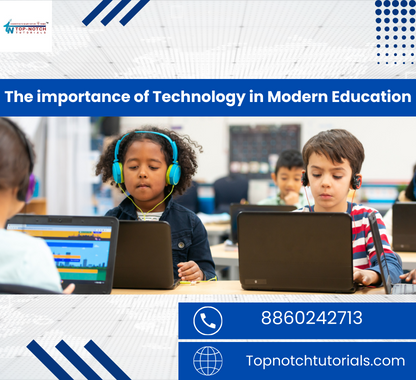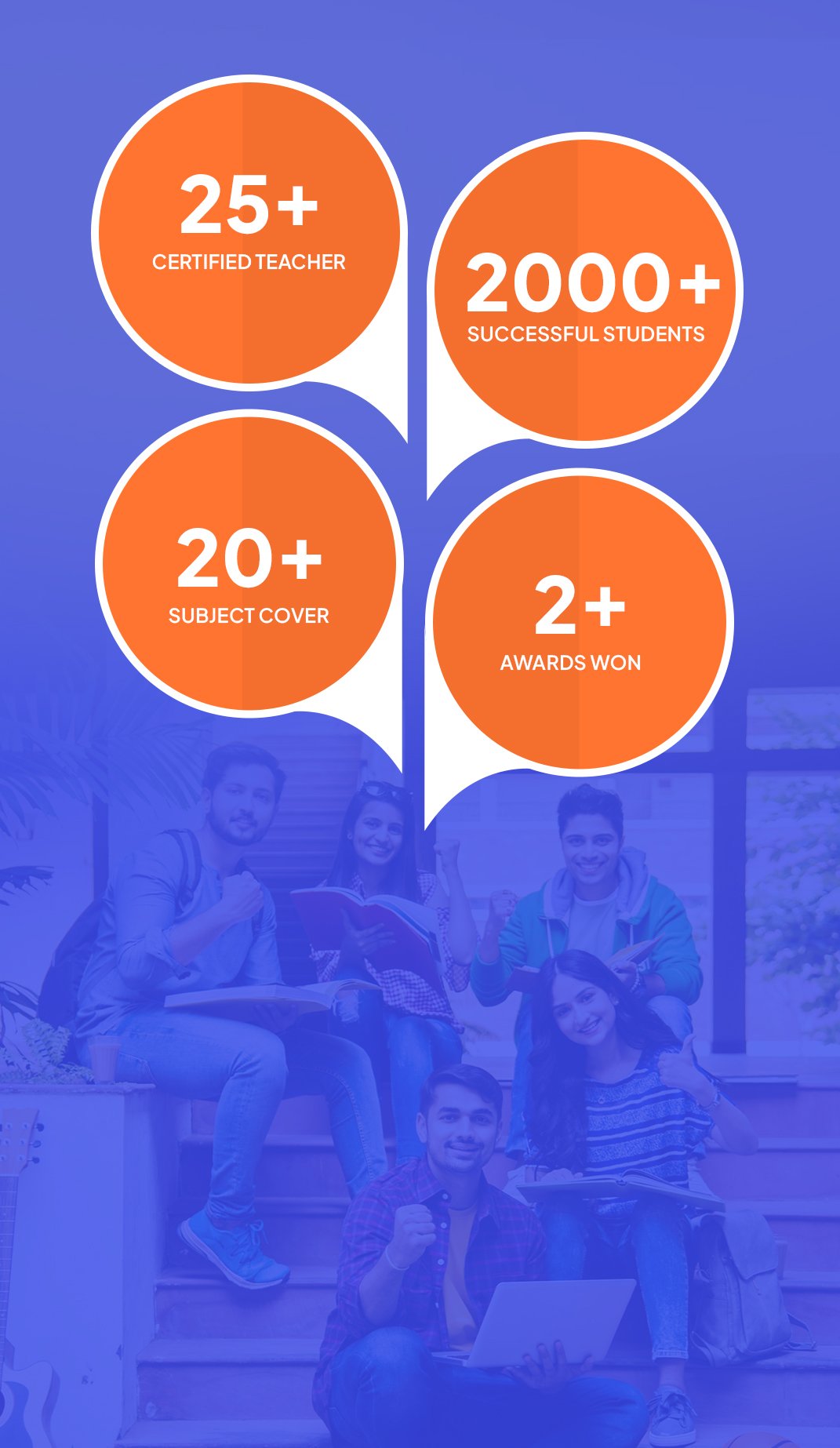
It goes without saying that technology today plays a crucial role in how we work, live, and educate ourselves. Thanks to the internet and its numerous knowledge sources available at the touch of a button, information is now more easily accessible than ever before. Naturally, the advantages of technology have changed how teachers instruct and how learners acquire knowledge, opening up new avenues for knowledge sharing. But integrating technology into classrooms also brings with it some new difficulties. Combining technology and modern education in a coaching institute in Dwarka has been extremely successful.
This article will explore the ways in which technology has changed the way that education is delivered today and how, with its assistance, we might better prepare our children for the future.
The Role of Technology in Education
Over the past ten years, technology has advanced at an unprecedented rate, leading to a fundamental change in education from old methods to contemporary, technology-driven ways. These days, it’s usual to find new learning styles like blended, online, and flipped learning, which give teachers and students greater accessibility and freedom.
Its influence on education transcends into society at large and the labour market, assisting today’s students in developing skills and competences that will be valuable when they finally join the workforce and in understanding the demands of the future.
Advantages of integrating technology with modern education
-
Improved interaction
Through the provision of interactive learning resources that spark students’ enthusiasm and interest, technology improves student engagement. Virtual simulations, instructional games, and multimedia tools are some examples of these that enhance learning by making it less biassed and more relevant. Gamification, storytelling, and project-based learning are a few other examples of technology-infused activity-based learning.
-
Tailored learning
Technological advancements not only increase interactive learning opportunities but also make it easier to customise learning experiences and progress to the unique needs and abilities of each learner. Because they may now establish their own goals and receive immediate feedback from teachers or educational resources, students are better equipped to learn at their own pace. Teachers for example in coaching institutes in Dwarka can now effortlessly monitor student progress and spot learning gaps that were previously difficult to spot thanks to digital learning systems.
-
Access to huge sources of information
As was already said, an abundance of information is currently accessible through the internet and other digital resources. With the availability of many educational institutions’ own online libraries, research databases, and learning platforms, students can now broaden their horizons and learn new things considerably more quickly than in the past. These platforms additionally help in the development of information literacy abilities in students, which are vital in everyday life and include finding, analysing, and synthesising information.
Challenges and solutions in integrating technology
Many students and even professors may rely too heavily on technology for learning and teaching because of how potent a tool it is. Fundamentally, human intuition and interaction should guide education; taking these factors out of the picture might lead to a decrease in critical thinking and creativity.
Technology can create a greater divide between those who have access to knowledge and those who do not because of how powerful it is as a tool for knowledge acquisition. Lack of access to digital equipment, such as personal computers, can result in a reduction of learning opportunities and outcomes for students from less fortunate socioeconomic situations.
Technology may be distracting if not handled properly. Students who always have access to their own gadgets may be more likely to multitask, visit pointless websites, or use social media, all of which might impair their capacity to focus and learn.
